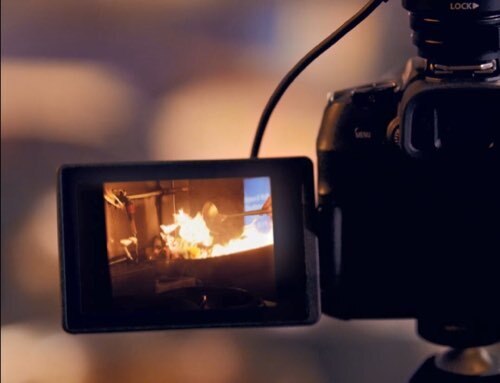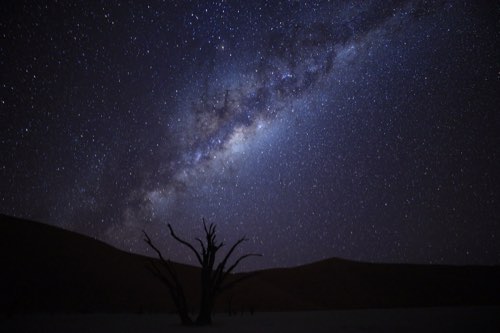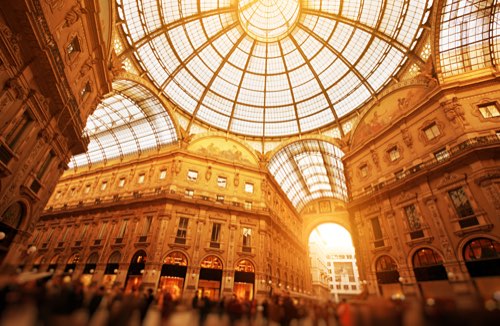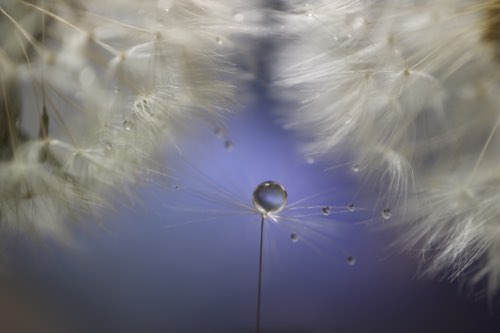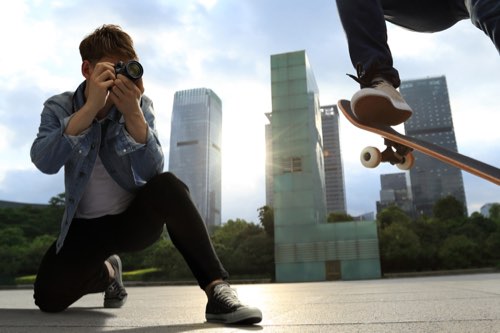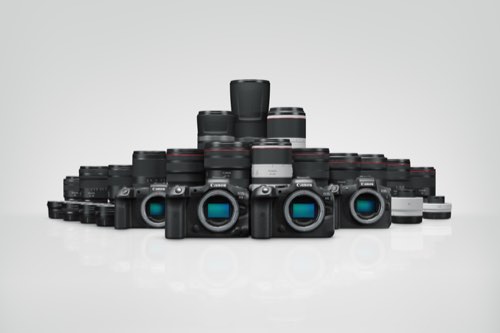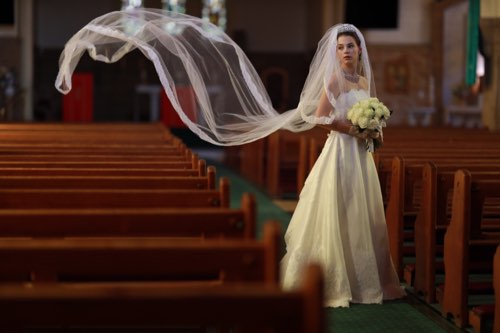When it comes to photographing waterfalls, the shutter speed setting is one major decision that determines the photo you get. There are undoubtedly many people who are unsure whether they should capture a blurred shot of the flowing water, or capture the flow of water frozen in time. And once you take into consideration the form of the waterfall and the direction of the light, you’ll find that there is an almost limitless range of possible artistic expressions. In this article, let’s look at the respective techniques used by two photographers to capture the flow of a waterfall. (Reported by: Komei Motohashi, Fumio Tomita)

Freezing the water flow: Using semi-backlight to bring out the momentary intensity of the waterfall

1/1,250 sec
EOS 5D Mark II/ EF70-200mm f/4L IS USM/ FL: 200mm/ Aperture-priority AE (f/8, 1/1,250 sec, EV-0.7)/ ISO 1250/ WB: Daylight
Photo by Komei Motohashi
Komei Motohashi says:
“Waterfalls do not flow at a constant rate. Rather, the water falls in a given rhythm that greatly varies depending on the height, volume, pressure, and form (vertical, diagonal, cascade) of the waterfall, repeatedly flowing at a fast or slow rate.
For this shot, I used a very fast shutter speed of 1/1,250 sec to boldly capture the waterfall in the moment. The photo is of the lower section of the Nachi Falls in Wakayama Prefecture, which boasts the highest single drop of all waterfalls in Japan. Rays of light creating semi-backlighting make the spray from the waterfall stand out impressively, capturing its power and intensity. When using front light, the absence of shadows and dimensionality means that the intensity cannot be captured as adequately.”
Tip: Waterfalls captured using semi-backlight and waterfalls captured using front light are compelling in different ways

Front light
EOS 5D/ EF24-70mm f/2.8L USM/ FL: 30mm/ Aperture-priority AE (f/13, 1/20 sec, EV±0)/ ISO 100/ WB: Auto
Photo by Komei Motohashi
When photographing a waterfall, using semi-backlight will make your subject stand out impressively, allowing you to capture its three-dimensionality. In contrast, you would shoot using front light when you have a rainbow in a waterfall. This is because if the sun (or moon) is not behind the photographer, the rainbow would not be noticeable even if it were there.
Blurring the water flow: Get up close using the telephoto range to emphasize the dynamism of the waterfall

1/30 sec
EOS 5D Mark II/ EF24-105mm f/4L IS USM/ FL: 105mm/ Aperture-priority AE (f/11, 1/30 sec, EV±0)/ ISO 4000/ WB: Auto
Photo by Fumio Tomita
Fumio Tomita says:
“When photographing waterfalls, there are differences in water volume and the speed of water flow, but regardless of whether you use a high or slow shutter speed, using a telephoto lens to draw you closer to the waterfall makes it easier to change the composition.
At a wide angle of view, the portion of the frame occupied by the water is smaller, making it harder to notice any changes in flow. In order to avoid a strong contrast, many photographers shoot waterfalls on cloudy or rainy days, but you can also capture interesting shots in good weather when light shines through a waterfall, by taking close-up shots of water bouncing off the rocks while the sunlight strikes.”
Tip: If the background is bright, the white parts of the waterfall may not be rendered as white in the image

EOS 5D Mark II/ EF17-35mm f/2.8L USM/ FL: 17mm/ Manual exposure (f/18, 6 sec, EV±0)/ ISO 100/ WB: Auto
Photo by Fumio Tomita
When photographing a waterfall with a slow shutter speed, if the background is bright, the soft white colour of the waterfall may not rendered as pure white in the image, so a good idea would be to select a dark background where possible. Moreover, white blowouts can occur if you overexpose the image for a long period of time, so you should check the highlight warning display after your shoot.
Receive the latest updates on photography news, tips and tricks by signing up with us!
About the Author
Born in Tokyo. After graduating from Tokyo College of Photography, he studied under a mountain photographer, and later became a freelance photographer. He specializes in natural landscapes inside Japan.
A monthly magazine that believes that enjoyment of photography will increase the more one learns about camera functions. It delivers news on the latest cameras and features and regularly introduces various photography techniques.
Published by Impress Corporation
Born in Yokohama, Kanagawa Prefecture in 1945, Motohashi learned about dark room technology at the Tokyo College of Photography. He is working on a collection with the theme "Breath of Nature", which came about from the climate and natural features unique to Japan, based on a perspective of nature he acquired in the mountains.







